The Best Indoor Plants to Bring Life to Your Home
Indoor plants not only add a touch of nature to your home but also improve air quality and create a calming atmosphere. Whether you are a seasoned plant enthusiast or a beginner, there are plenty of low-maintenance indoor plants that can thrive in your space. In this guide, we will explore different types of indoor plants, their benefits, and how to care for them.
5/8/20244 min read
10. Boston Fern (Nephrolepis exaltata)
Why It’s Great: A lush, full plant that thrives in humid environments, making it great for bathrooms and kitchens.
Care Tips:
Light: Prefers indirect light but can tolerate some shade.
Water: Keep the soil consistently moist and mist regularly.
Benefits: Helps increase indoor humidity and removes toxins from the air.
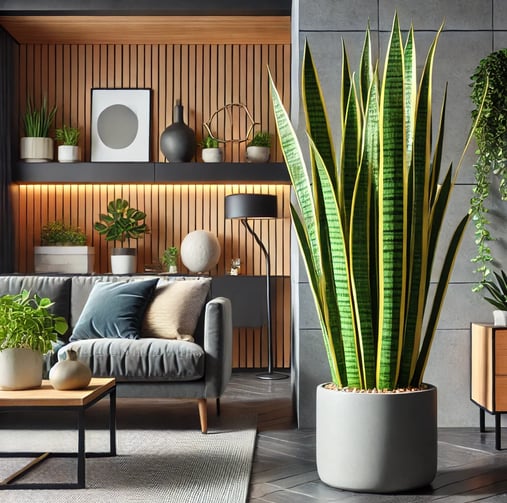

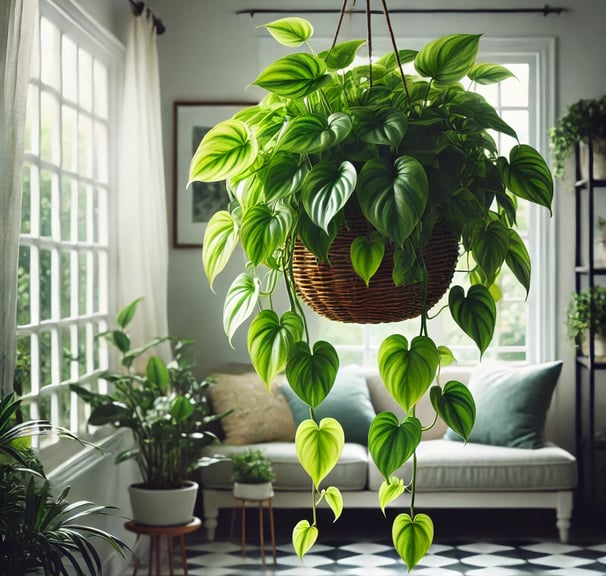

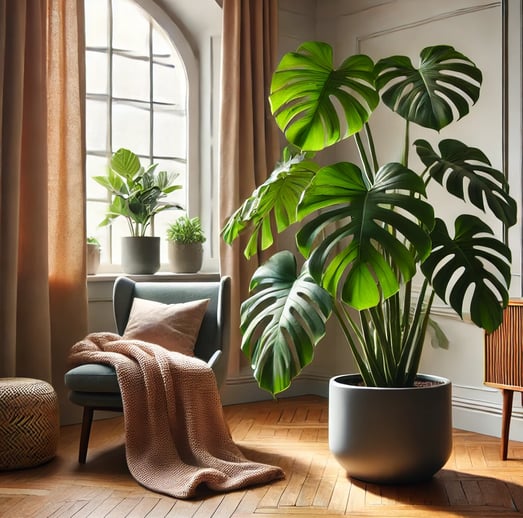

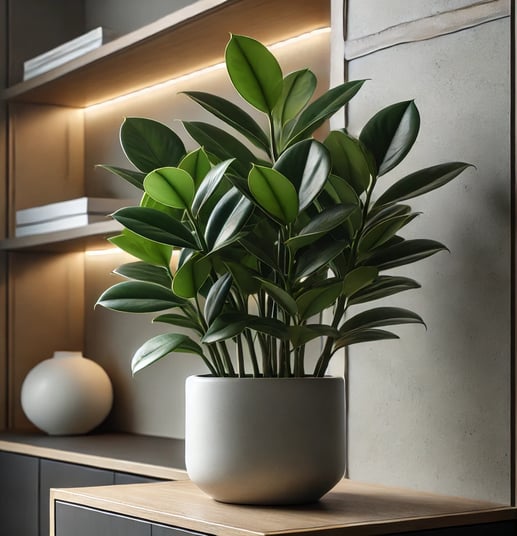

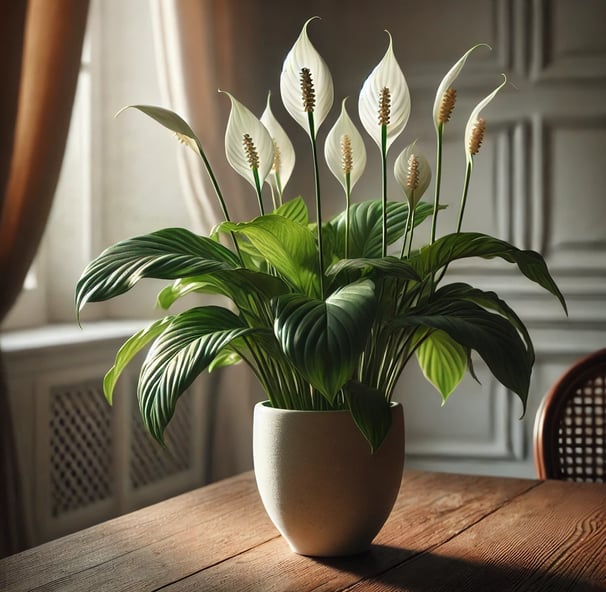

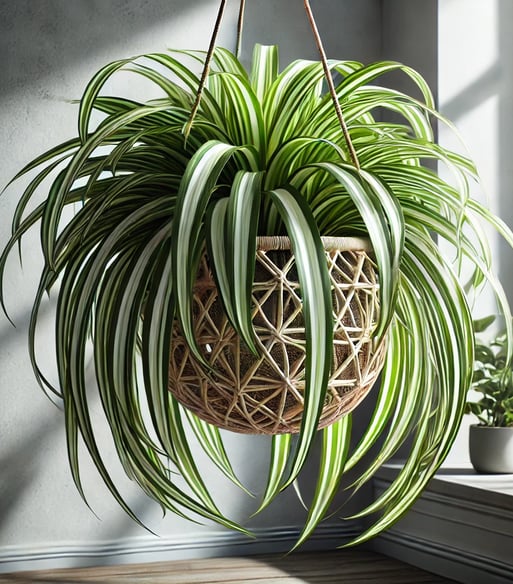

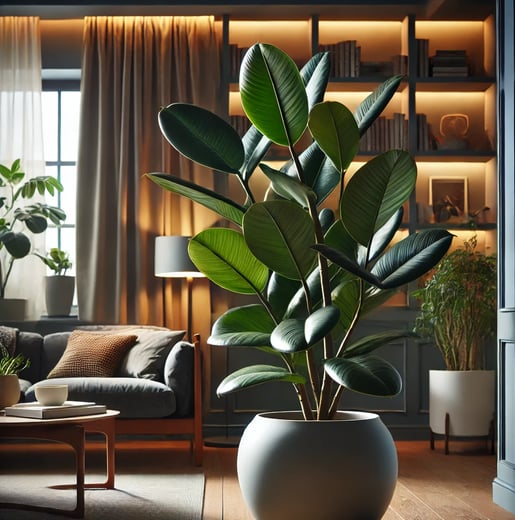

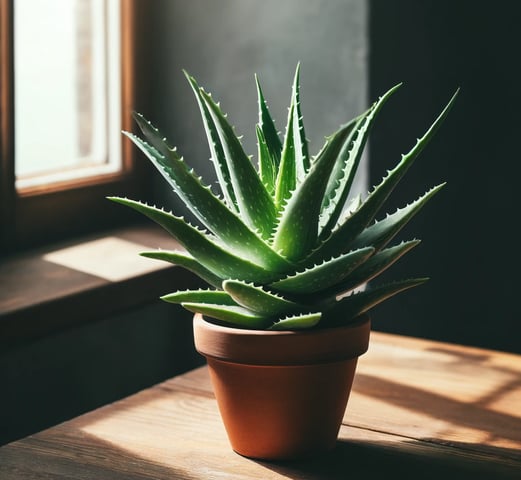

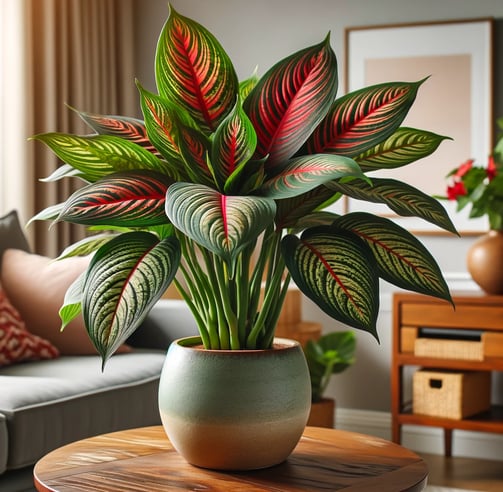

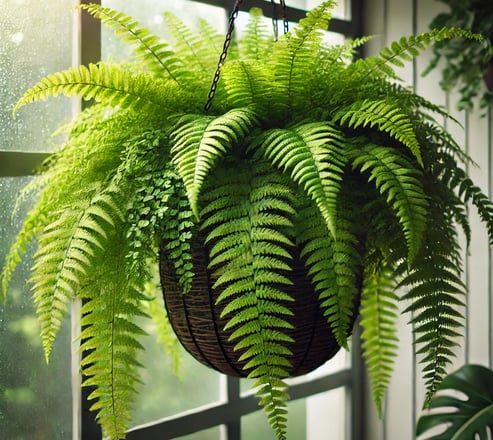

1. Snake Plant (Sansevieria)
Why It’s Great: The snake plant is one of the best plants for beginners. It is nearly indestructible, requiring minimal care while adding an elegant, modern look to any room.
Care Tips:
Light: Thrives in low to bright indirect light.
Water: Water sparingly; allow the soil to dry out between waterings.
Benefits: Filters indoor air by removing toxins and produces oxygen at night, making it perfect for bedrooms.
2. Pothos (Epipremnum aureum)
Why It’s Great: Pothos is a fast-growing, trailing plant that can thrive in various conditions. It is perfect for hanging baskets or shelves.
Care Tips:
Light: Can tolerate low light but grows best in medium to bright indirect light.
Water: Water when the top inch of soil is dry.
Benefits: Great air purifier and very forgiving, making it an excellent choice for beginners.
3. Monstera (Monstera deliciosa)
Why It’s Great: Known for its large, split leaves, the Monstera plant adds a tropical feel to your home. It is trendy and loved by plant enthusiasts.
Care Tips:
Light: Prefers bright, indirect light but can tolerate some shade.
Water: Water when the top two inches of soil are dry.
Benefits: Enhances humidity and adds an exotic aesthetic to your space.
4. ZZ Plant (Zamioculcas zamiifolia)
Why It’s Great: The ZZ plant is another low-maintenance plant that can thrive even in neglect.
Care Tips:
Light: Can survive in low light conditions but grows best in medium light.
Water: Extremely drought-tolerant; water every 2-3 weeks.
Benefits: Improves indoor air quality by filtering out toxins.
5. Peace Lily (Spathiphyllum)
Why It’s Great: The Peace Lily is not only beautiful with its white blooms but also one of the best plants for improving indoor air quality.
Care Tips:
Light: Prefers low to medium indirect light.
Water: Keep the soil consistently moist but not waterlogged.
Benefits: Helps remove mold spores and toxins from the air.
6. Spider Plant (Chlorophytum comosum)
Why It’s Great: With its arching green and white striped leaves, the spider plant is a popular choice for hanging baskets.
Care Tips:
Light: Prefers bright, indirect light but can adapt to low light.
Water: Water when the soil is dry to the touch.
Benefits: Non-toxic to pets and highly effective in removing airborne toxins.
7. Rubber Plant (Ficus elastica)
Why It’s Great: A stunning houseplant with large, glossy leaves, the rubber plant adds a bold statement to any room.
Care Tips:
Light: Bright, indirect light is ideal.
Water: Allow soil to dry between waterings.
Benefits: Known for absorbing toxins and increasing humidity levels.
8. Aloe Vera
Why It’s Great: Aloe Vera is not only a beautiful succulent but also known for its medicinal properties.
Care Tips:
Light: Needs bright, indirect to direct sunlight.
Water: Water sparingly; overwatering can cause root rot.
Benefits: The gel inside the leaves can be used to treat burns and skin irritations.
9. Chinese Evergreen (Aglaonema)
Why It’s Great: Known for its striking foliage and easy-care nature, the Chinese Evergreen is perfect for those who want a colorful, low-maintenance plant.
Care Tips:
Light: Prefers low to medium light.
Water: Keep soil lightly moist.
Benefits: Great for filtering indoor air and adding a vibrant touch to interiors.
Indoor plants not only enhance the aesthetic of your home but also improve air quality, boost mood, and create a relaxing environment. Whether you prefer low-maintenance greenery or bold statement plants, there is an indoor plant for everyone. Start small and build your indoor garden with plants that suit your lifestyle and home conditions. Happy planting!
Inspiration
Explore ideas for your home and garden.
© 2025. All rights reserved.
